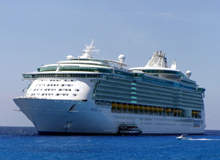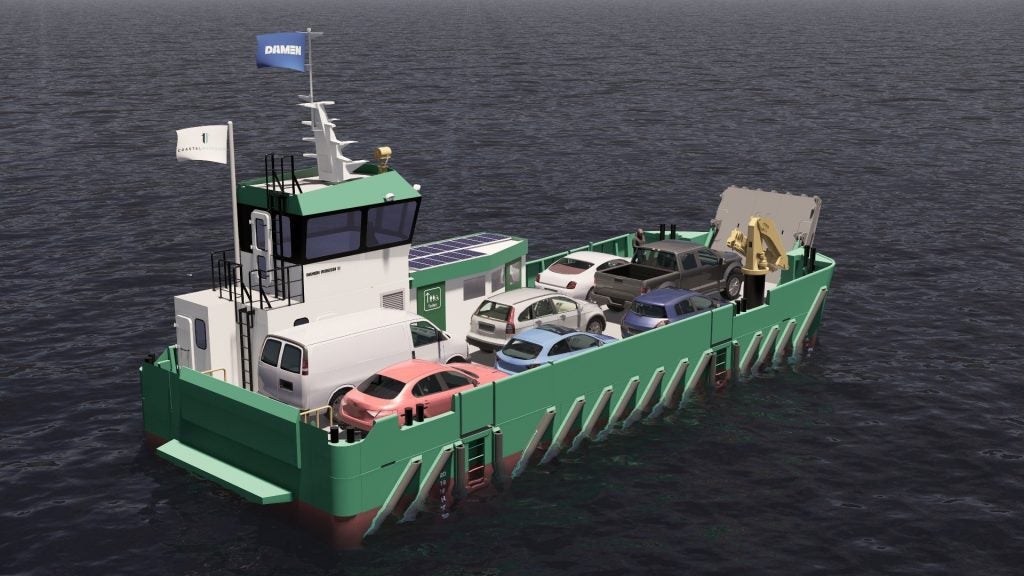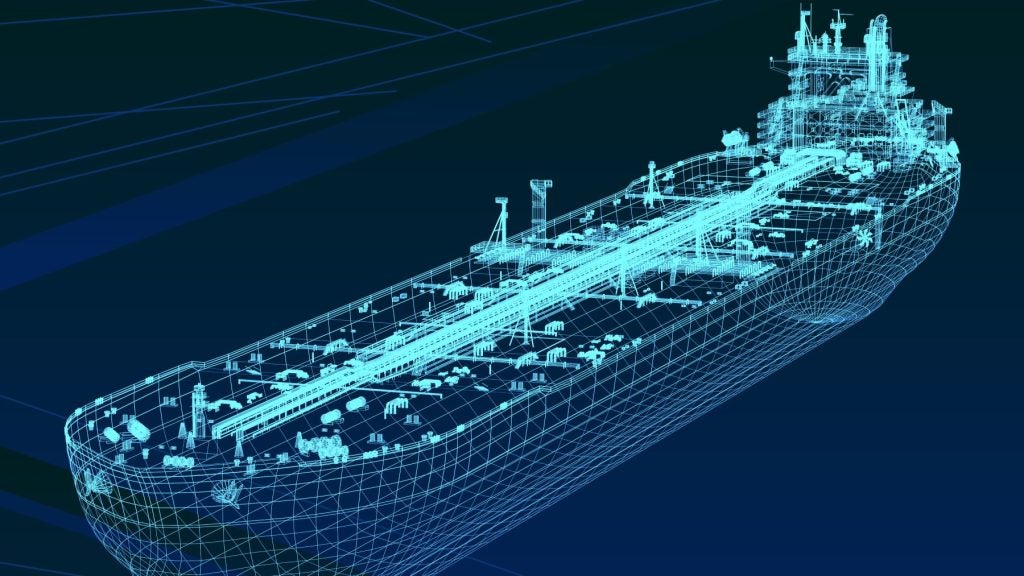
With around 90% of the world’s trade carried by sea, it is not difficult to understand why the International Maritime Organisation has described shipping as “the lynchpin of the global economy”. From container ships to cruise liners, until recently the picture had been one of sustained and healthy growth. The burgeoning interdependence of globalisation coupled with the emerging power-houses of India and China, drove the world economic engine and the shipping sector.
Today, as the downturn’s bite has seen trade slump, consumer confidence evaporate and a massive shortfall appear in available credit, maritime financing seems to have become the latest victim of the unfolding global crisis. And the strategies taken now by the varying elements of the shipping sector will greatly impact which parts of this lynchpin industry are best placed to weather the gathering storm.
‘Toxic’ ships
From shipbuilders to tanker owners, everyone is feeling the pinch – and falling asset values are not helping. The market for container ships, for example, has been static for months and while the low volume of transactions has so far hidden the real depth of the problem, soon enough ships will need to be sold.
According to Lloyds, a ten-year old 1,700 TEU vessel that could have made around $28m in early 2008 will probably struggle to top 40% of that value today. Even in the language of today’s financial environment, this is hardly alarmist speculation – the 4,750 TEU NYK Procyon was sold in February for $10.5m, 80% below it’s expected worth a year before.
This obviously leaves owners of fast-depreciating assets – and the banks behind these ‘toxic’ loans – with something of a predicament but the long-term ramifications may be even more significant. Germany’s KG ship financing system, which encourages private investors to finance shipbuilding loans, has already begun to seek approval for rock-bottom sales to stave off the risk of bankruptcy to some funds. It may not be a popular move in some quarters, but it could be an inevitable one, and moreover, one which others might well follow.
How well do you really know your competitors?
Access the most comprehensive Company Profiles on the market, powered by GlobalData. Save hours of research. Gain competitive edge.

Thank you!
Your download email will arrive shortly
Not ready to buy yet? Download a free sample
We are confident about the unique quality of our Company Profiles. However, we want you to make the most beneficial decision for your business, so we offer a free sample that you can download by submitting the below form
By GlobalDataA question of liquidity
The knock-on effect of these negative equity assets has been felt in shipyards across the globe. In February, India’s largest private sector shipping company – Great Eastern – began negotiations to cut part of its building orders because of the downturn in the carrier and tanker market, having previously cancelled a $76m purchase of two dry bulk carriers from Chinese shipyards.
A month later, the German Deputy Economy Minister Dagmar Woehrl announced cancellations amounting to some $1.2bn – on top of the existing “acute liquidity problems” for the country’s shipbuilders. These are not isolated incidents.
Amid this ubiquitous credit crisis, the world’s biggest shipbuilding financer HSH Nordbank – itself the recent recipient of a major bail-out from its main shareholders – predicts that ship-owners are likely to struggle to raise funds for the next 18 months. Those who do succeed seem certain to find the cost of borrowing higher and the conditions more stringent, as traditional sources of debt financing continue to dry up.
For some this will severely limit the implementation of plans to expand. As Maritime Institute of Malaysia (MIMA) senior fellow Nazery Khalid commented at the 2009 MIMA-OCBC Bank Maritime Financing Seminar, “industry players will have to seek financing from alternative sources.”
At the sharp end
The downturn has struck over a broad front but its effects have not been felt equally throughout the industry. Tanker owners are among those who have been badly affected, seeing spot charter rates fall in mid-March to their lowest this century, principally on the back of a reduction in oil demand. In some sectors – notably large crude tankers and medium-range product carriers – this leaves some faced with the spectre of operating at below breakeven returns.
This is clearly an unsustainable position but analysts are split as to how the situation will resolve itself – and how quickly. Some point to the customary summer rise in US gasoline usage as a spur to tanker employment, while others question how much fuel gas-guzzlers will burn against the backdrop of rising unemployment and an atmosphere of uncertainty. If there is a consensus, it is that things in the tanker market are set to get worse before they get better.
At the other end of the spectrum, the cruise industry seems much more upbeat, despite its heightened awareness of the need to adapt and evolve. This process is already underway, with some operators cutting prices, offering last minute deals and providing shorter cruises from more convenient departure ports.
Norwegian Cruise Line and Cruise One have introduced rebate schemes to cover passengers who subsequently lose their jobs. As a result, booking levels are, in general, holding up and cruise lines are confidently planning to follow traditional deployment patterns for 2009.
But this outward optimism does not entirely reflect the whole story as although passenger numbers are high, returns are down. Royal Caribbean Cruises expects 2009 to mirror the profit drop of the previous year while Carnival achieved a modest 3.5% rise in the fourth quarter of 2008 due largely to fuel savings and the sale of the QE2.
Much of the feel-good factor, it seems, comes from the expectation that cost-conscious passengers will spend once they are on board but Norwegian Cruise Line CEO Kevin Sheehan says: “We’re living in unprecedented times – this economic crisis has negatively impacted the demand for our product.” The easy tourist dollar is no longer a certainty.
End of the tunnel
Despite the dark clouds, the global economy is fundamentally cyclical.
Last December, for example, India’s shipping industry began making calls for soft government loans in the wake of dwindling foreign funding to allow the acquisition of ships and to take advantage of falling asset prices to enhance its market share. Meanwhile, in January the Scottish Government launched a major campaign to revitalise the country’s historic shipbuilding industry.
Although the first wave of the 1,000 Scottish recruits will be predominantly working on the Ministry of Defence’s multi-billion pound Future Aircraft Carrier contract, shipbuilding yards are clearly gearing up for the years ahead. If these initiatives, and others like them, do ultimately pay off, then those involved should see themselves well positioned for the post-recession world.
Times may be hard, but as MIMA’s Khalid says: “Investors must not lose sight of the opportunities and potential in the maritime industry, amid the doom and gloom of the global financial crisis.” The world economy must eventually come full circle, and when it does the shipping industry will have as big a role to play as ever.





